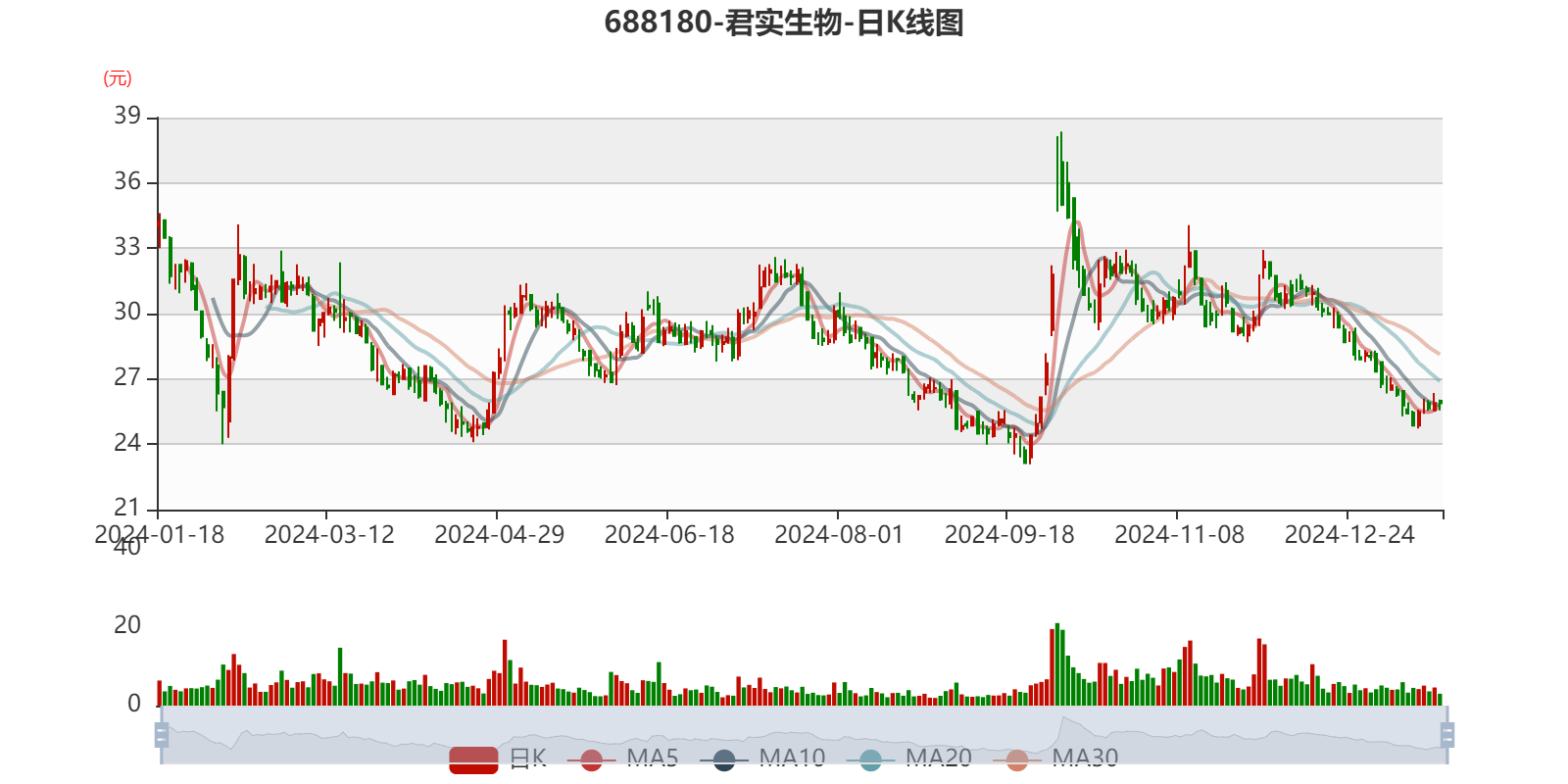
China Securities Intelligent Financial News Junshi Biosciences (688180) disclosed its 2024 annual performance forecast on the evening of January 17, and it is expected to achieve operating income of about 1.949 billion yuan in 2024, a year-on-year increase of 29.71%; The net profit loss attributable to the parent company was about 1.292 billion yuan, compared with a loss of 2.283 billion yuan in the same period last year, and the loss of non-net profit was about 1.273 billion yuan, compared with a loss of 2.298 billion yuan in the same period last year. Based on the closing price on January 17, Junshi Biosciences currently has a price-to-earnings ratio (TTM) of about -19.74 times, a price-to-book ratio (LF) of about 4.13 times, and a price-to-sales ratio (TTM) of about 13.09 times.
Based on the average value of this disclosed performance forecast, the company's price-to-earnings ratio (TTM) chart in recent years is as follows
: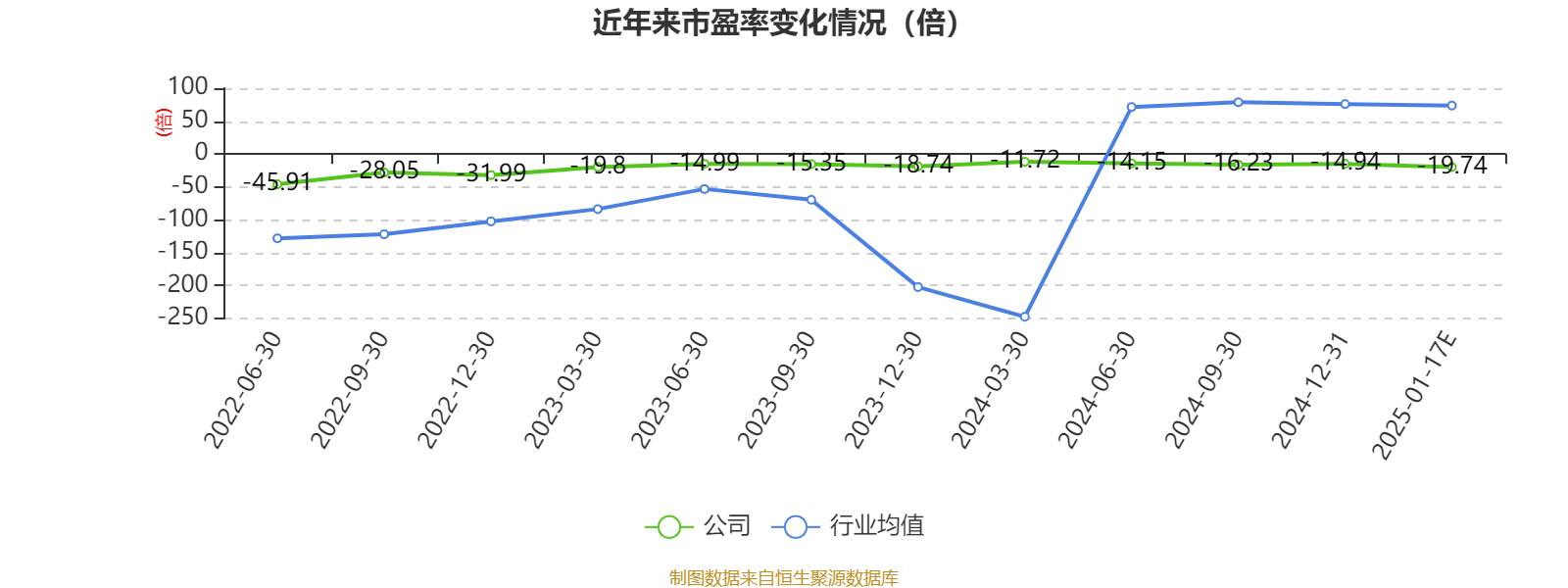
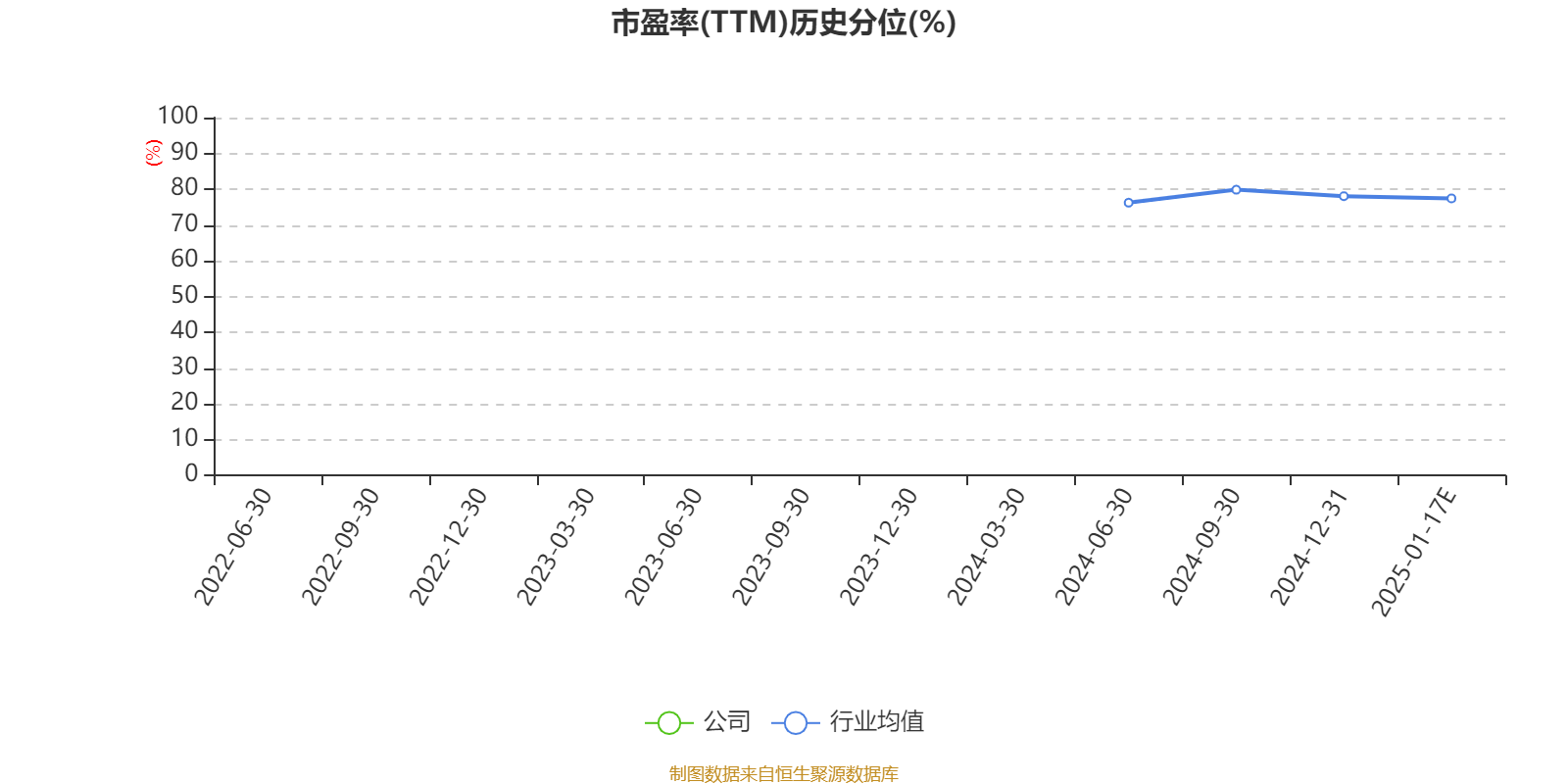
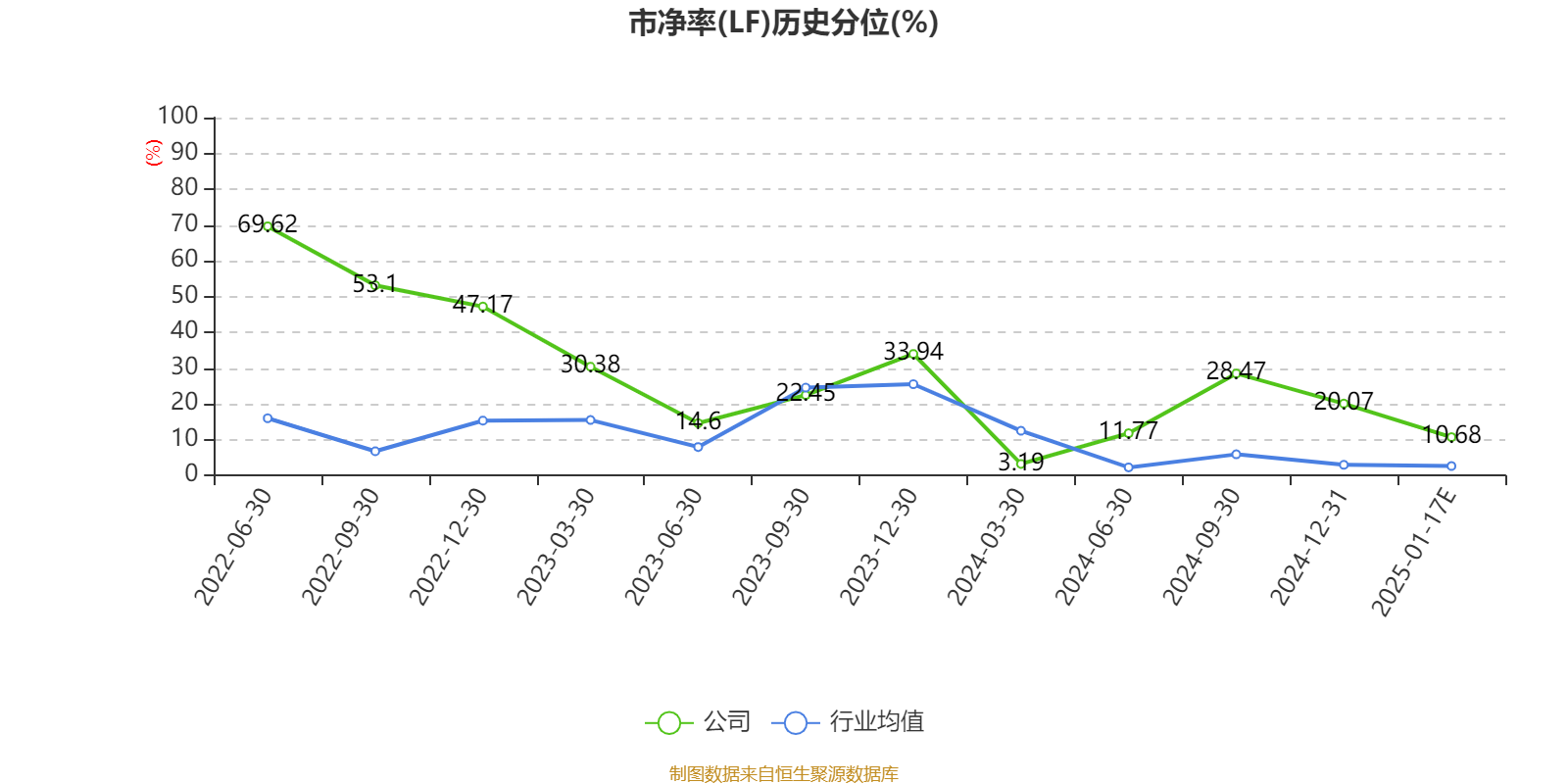
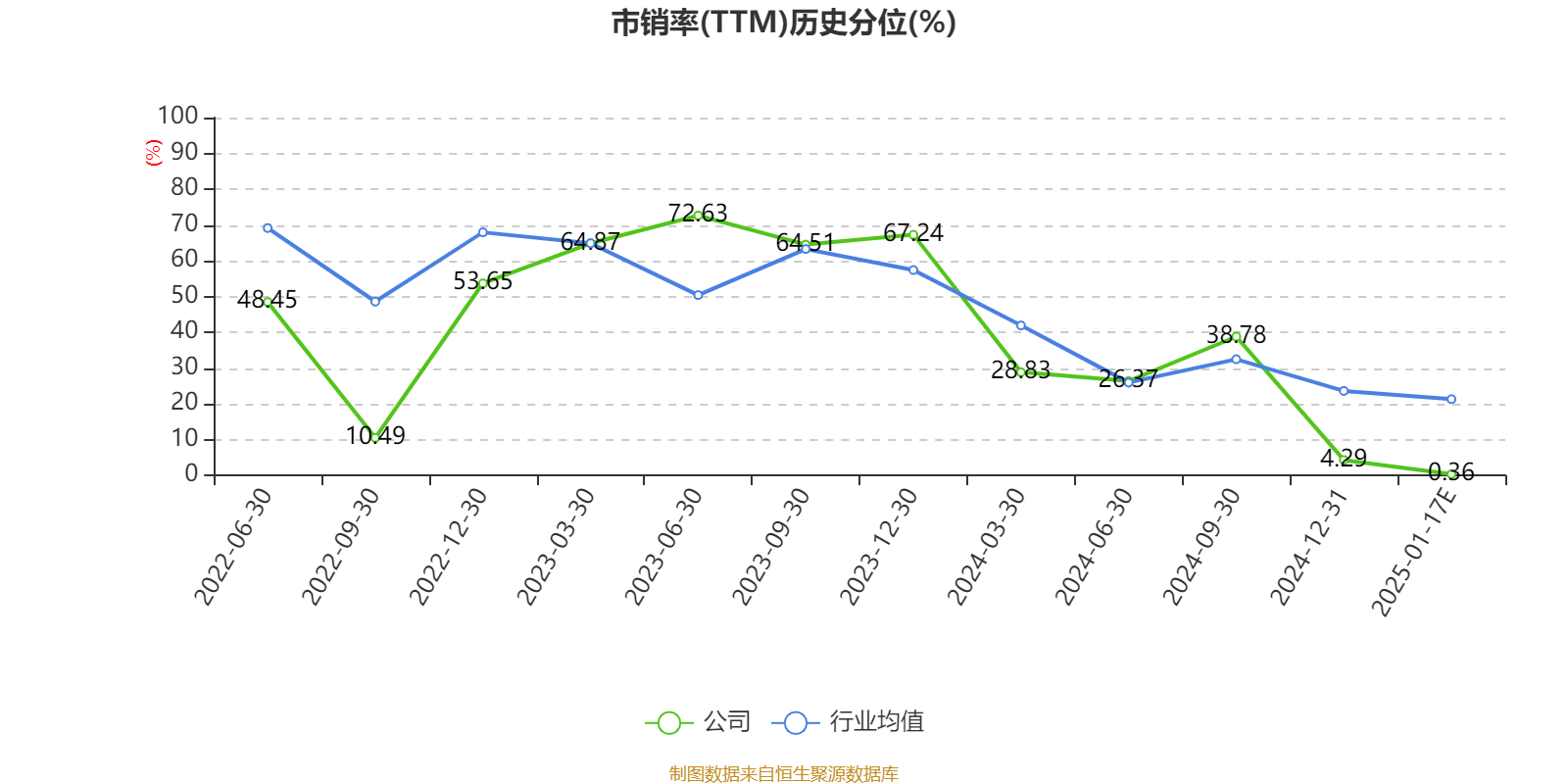
According to the announcement, during the reporting period, the company's operating income increased, mainly due to the increase in sales revenue of commercial drugs compared with the same period last year. As of the end of the Reporting Period, the Company had four commercial drugs: toripalimab injection (trade name: Tuoyi), adalimumab injection (trade name: Junmaikang), deuterium hydrobromide tablets (trade name: Mindwei) and ongreximab injection (trade name: Junshida). Thanks to the improvement of the sales efficiency of the company's commercialization team, the increase in the number of approved indications for toripalimab and the indications included in the national medical insurance catalog, the sales of the company's core product toripalimab in the domestic market increased significantly year-on-year during the reporting period.
As of the disclosure date of this announcement, toripalimab has been approved for marketing in the United States, the European Union, India, the United Kingdom, Jordan, Australia and other countries and regions, and the marketing authorization application in Singapore has been accepted. The Company and its partners will actively promote the marketing application and commercialization process of toripalimab in the cooperative regions, and actively explore the possibility of more indications being marketed in some regions. With the improvement of the accessibility of approved products and indications after they are included in the National Medical Insurance Catalogue, the successive approval of more products and indications for marketing in the future, and the continuous commercialization expansion of the global market, the company's commercial competitiveness will continue to be improved.
The company's net profit attributable to the owners of the parent company in 2024 is still in the red, but the amount of loss is lower than that of the same period last year, mainly because the company actively implements the action plan of "improving quality and efficiency and emphasizing returns", continuously strengthens various cost control, reduces unit production costs, improves sales efficiency, and focuses resources on more potential R&D projects. During the reporting period, the company's R&D expenses are expected to be about 12740000000 yuan, a decrease of about 34.24% compared with the same period last year. The company has maintained the efficient advancement of its core pipeline while controlling R&D expenses, and has made a number of progresses. During the Reporting Period, the NDA for the first-line treatment of advanced triple-negative breast cancer, the first-line treatment of advanced renal cell carcinoma and the first-line treatment of extensive-stage small cell lung cancer was approved by the National Medical Products Administration (NMPA), and the NDA for the first-line treatment of melanoma and bevacizumab for the first-line treatment of advanced hepatocellular carcinoma was accepted by the NMPA. Ongoliximab injection was approved for marketing by the State Food and Drug Administration. The company is accelerating the R&D and marketing application of late-stage pipelines such as anti-tumor anti-BTLA monoclonal antibody tifcemalimab (code: TAB004/JS004) and anti-IL-17A monoclonal antibody (code: JS005).
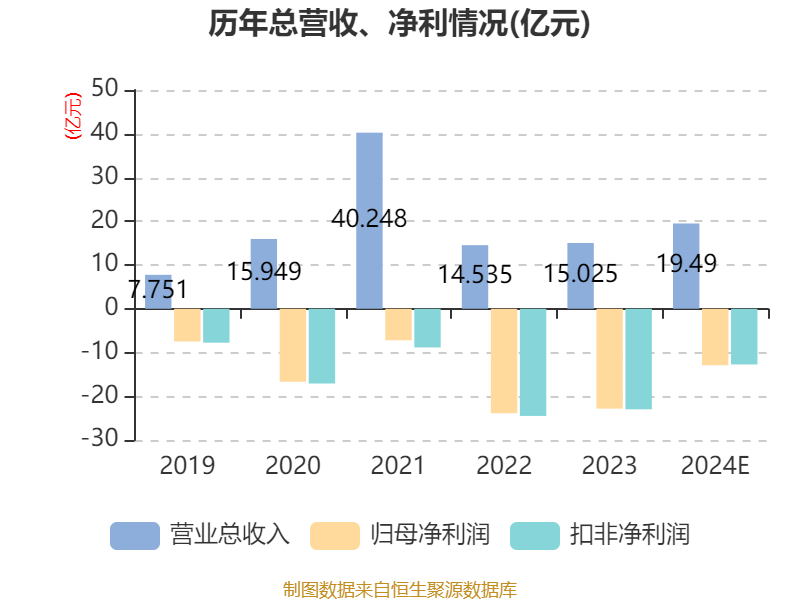
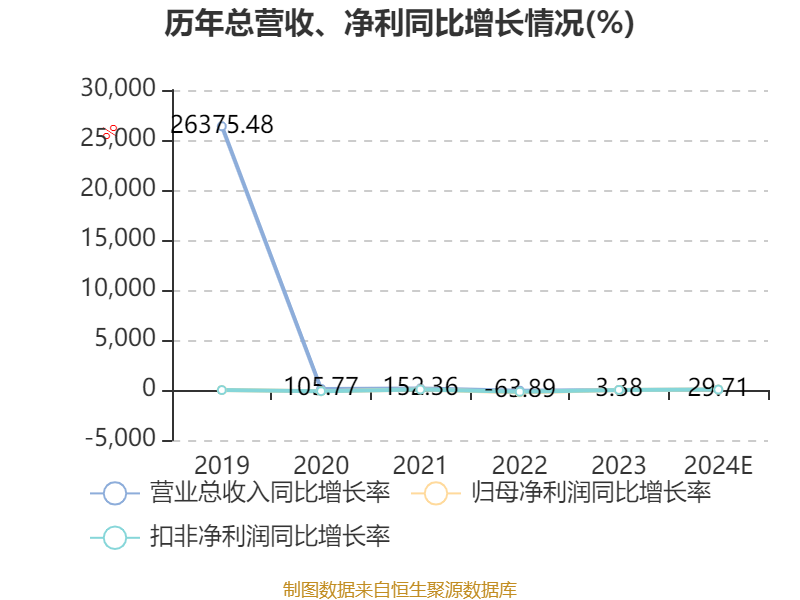
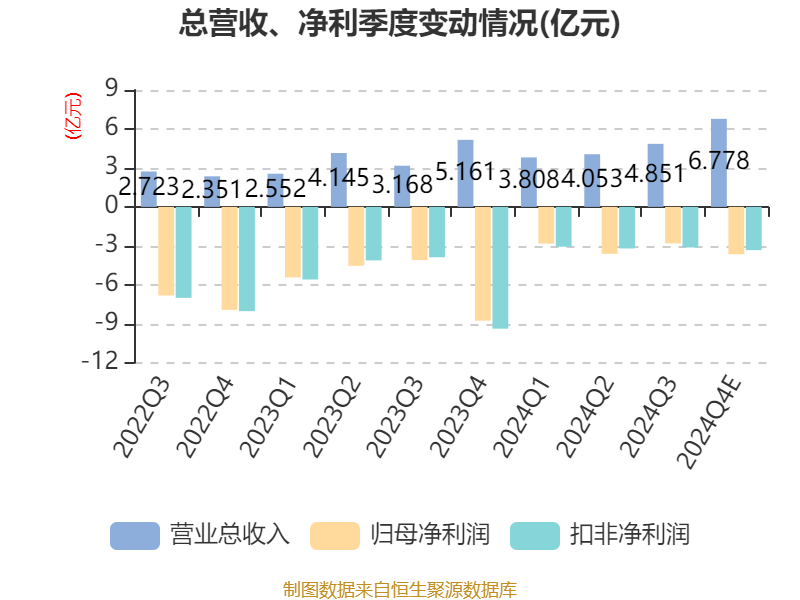
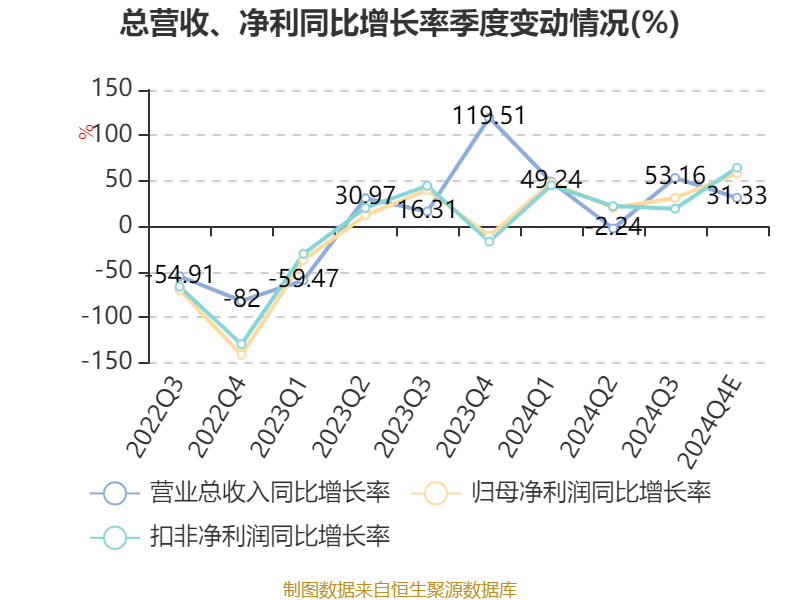
Proofreading: Yang Ning
Indicator Annotation:
P/E ratio = total market capitalization / net profit. When the company loses money, the P/E ratio is negative, and it is not practical to use the P/E ratio for valuation, and the P/B ratio or P/B ratio is often used as a reference.
Price-to-book ratio = total market capitalization / net assets. The price-to-book ratio valuation method is mostly used for companies with large fluctuations in earnings and relatively stable net assets.
Price-to-sales ratio = total market capitalization / operating income. The price-to-sales ratio method is often used for growing companies that are losing money or making small profits.
The price-to-earnings ratio and price-to-sales ratio in this article are calculated using the TTM method, that is, the data for the 12 months up to the latest financial report (including forecast). The price-to-book ratio is calculated using the LF method, that is, based on the latest financial report data. The quantile calculation range of the three is from the company's listing to the latest announcement date.
When the P/E ratio and price-to-book ratio are negative, the current quantile is not displayed, which will cause the line chart to be interrupted.
Ticker Name
Percentage Change
Inclusion Date